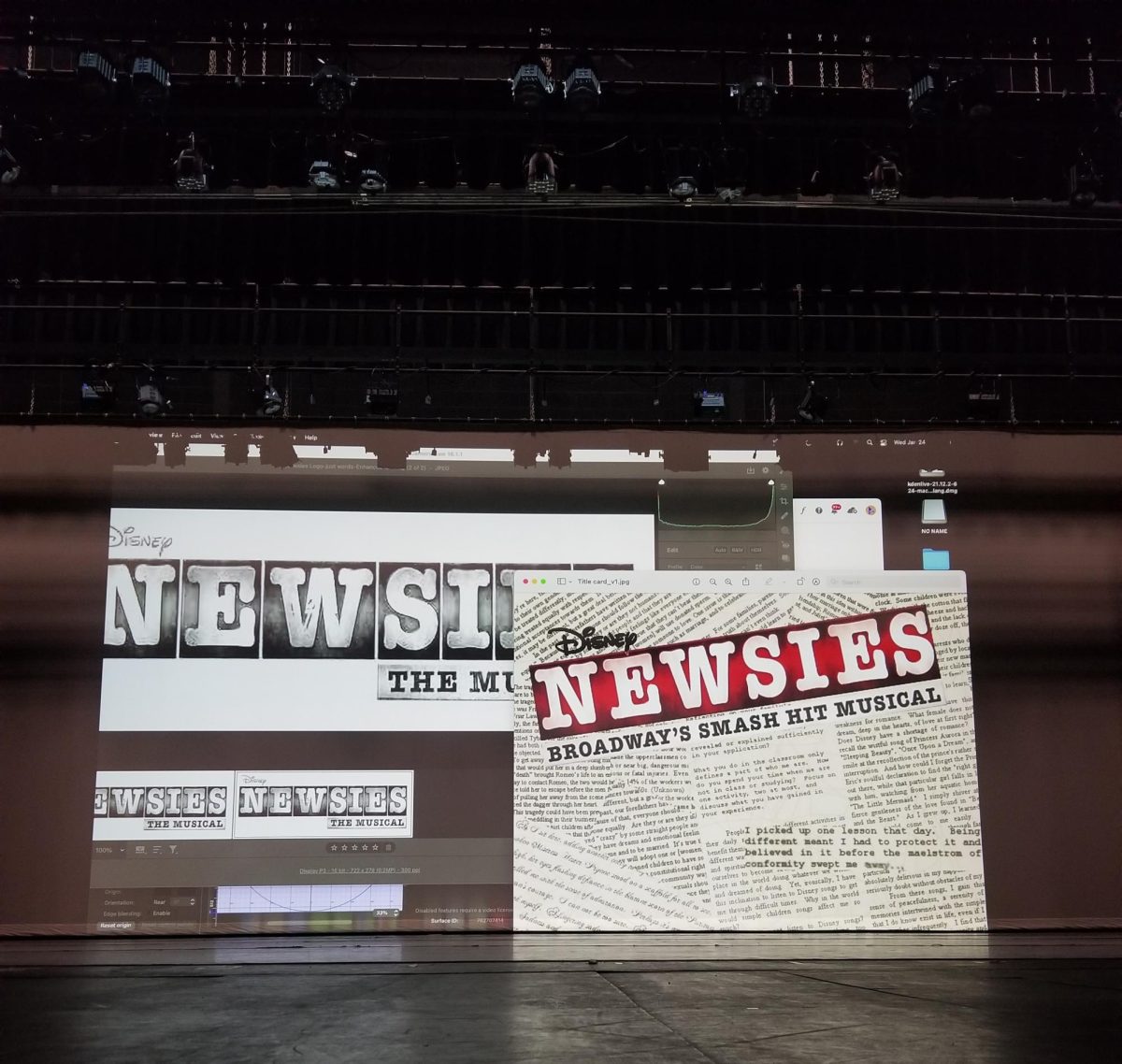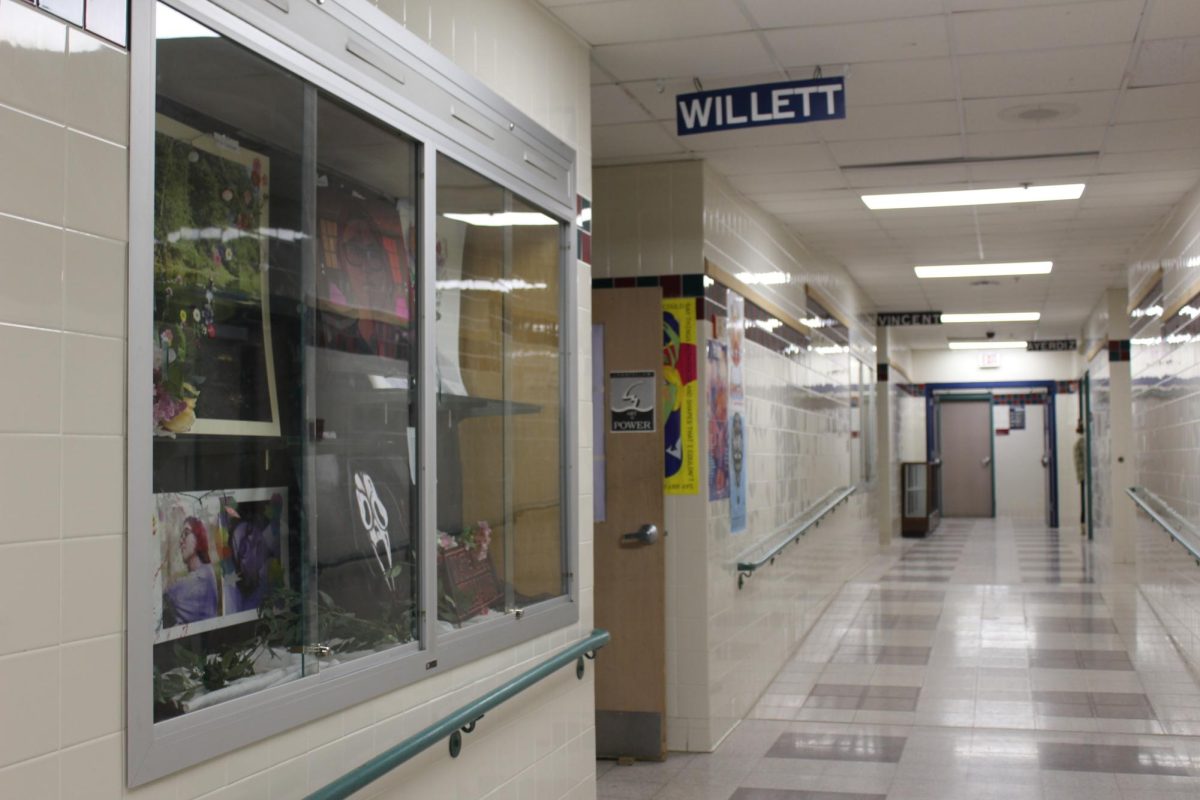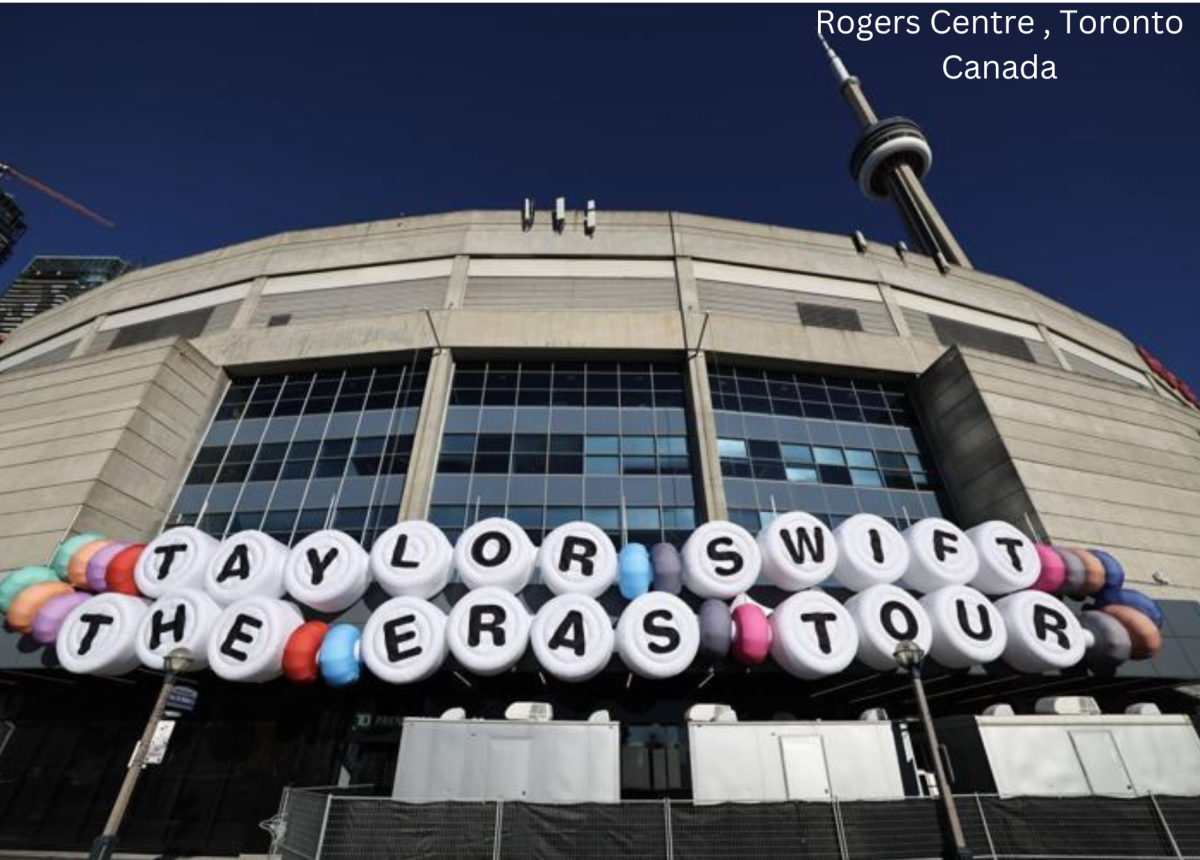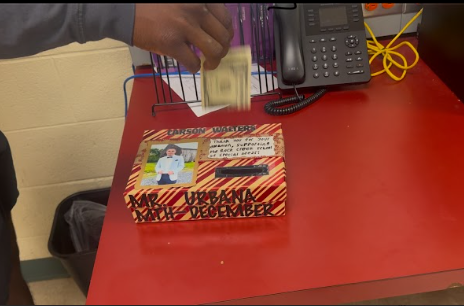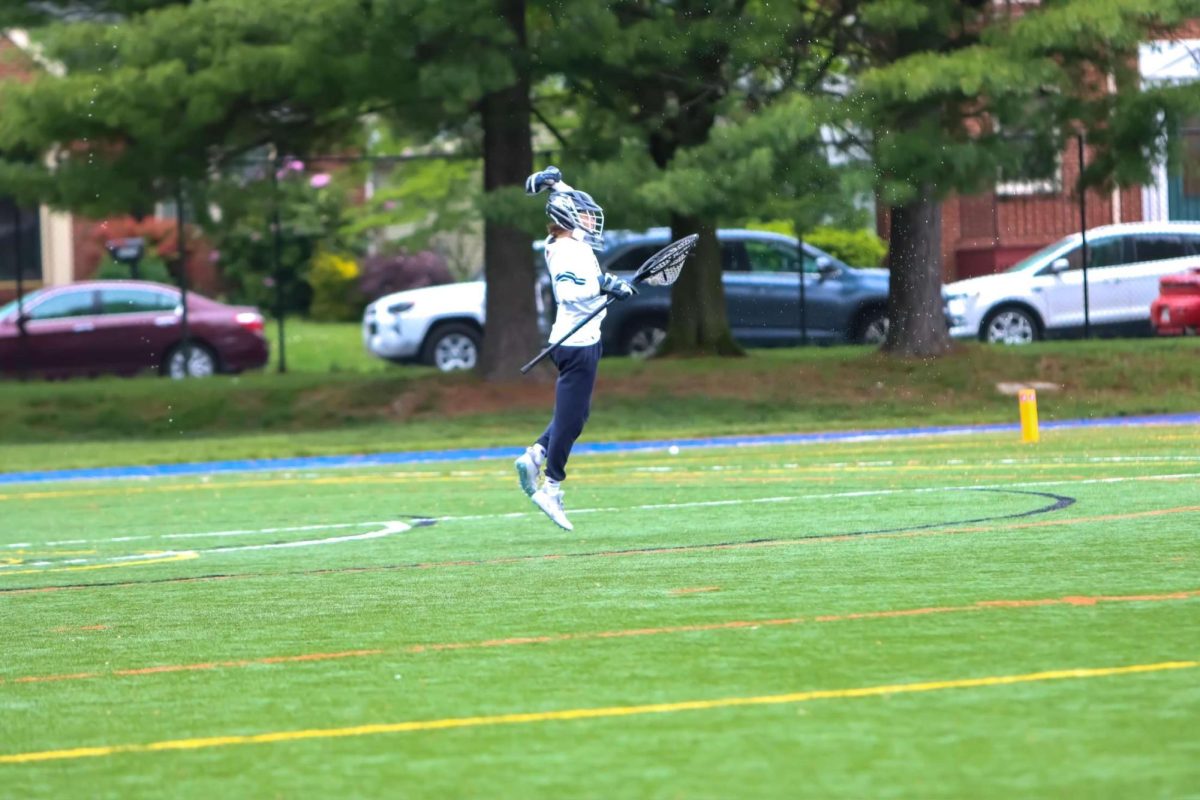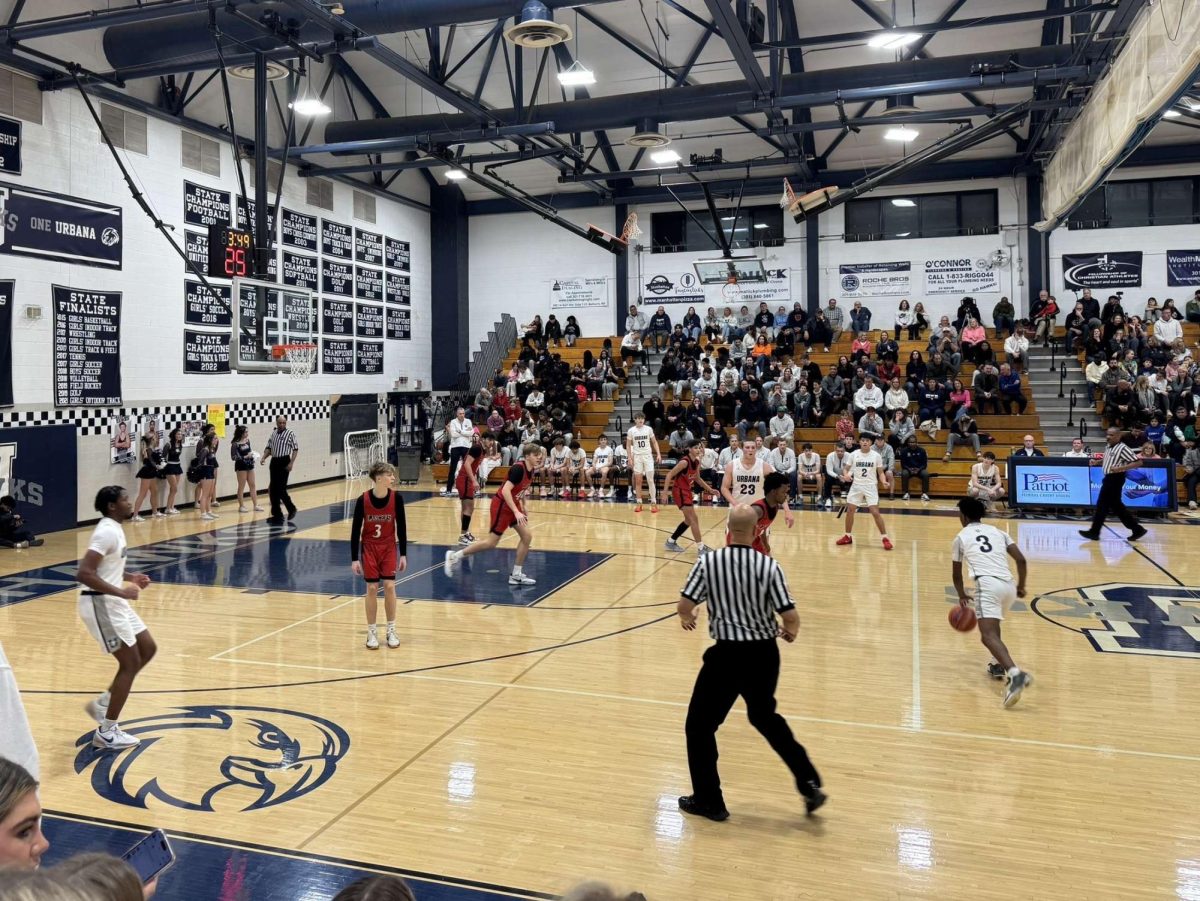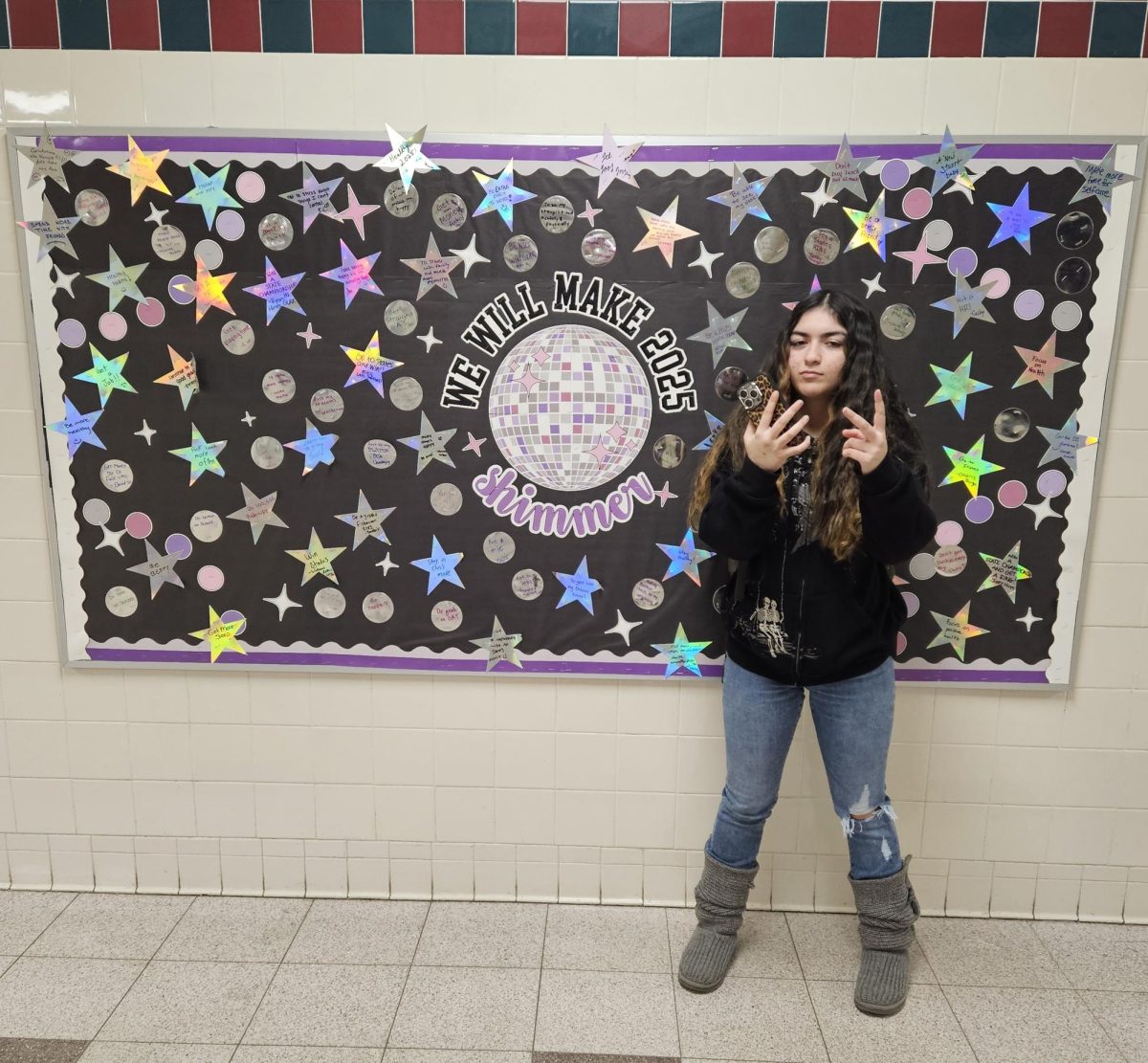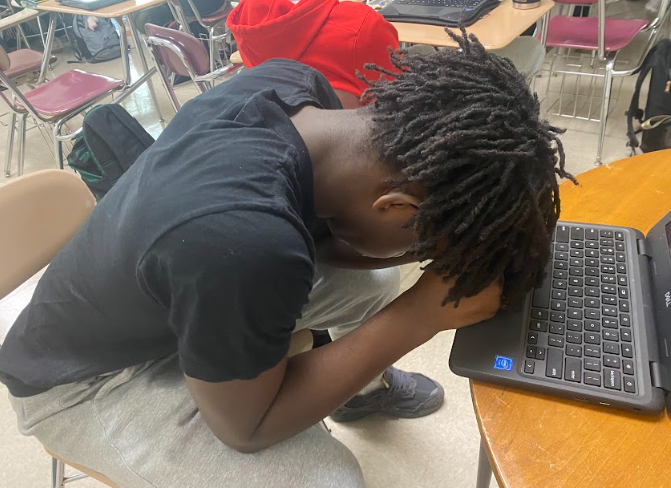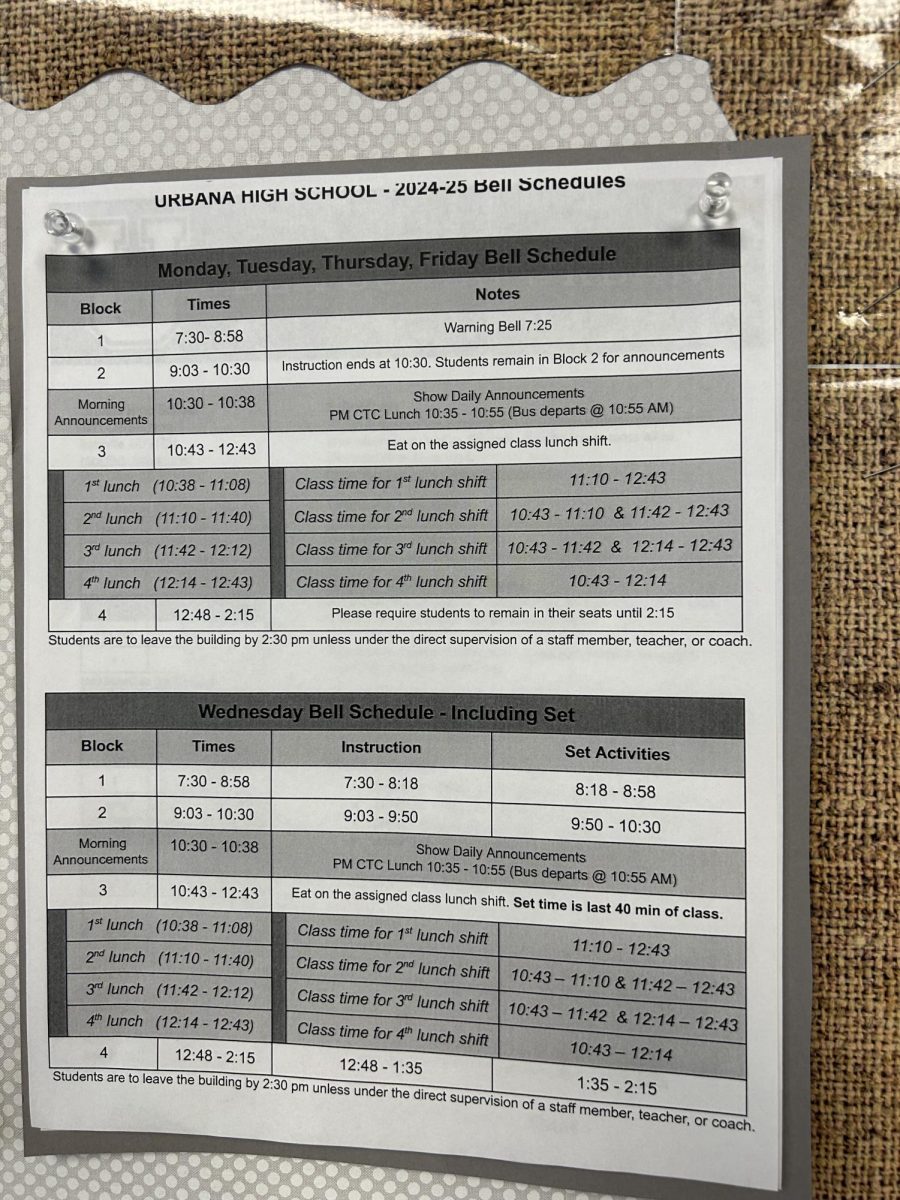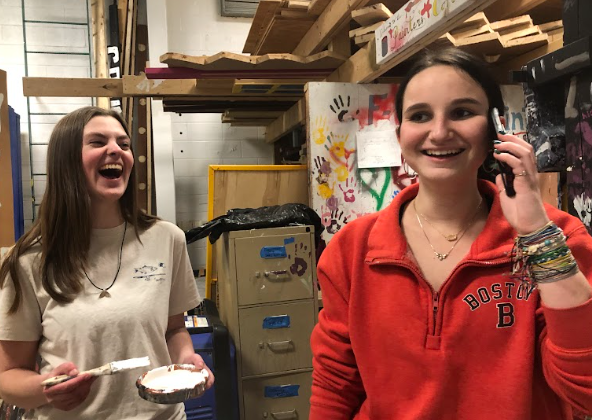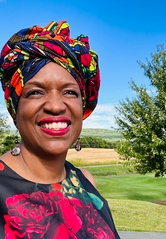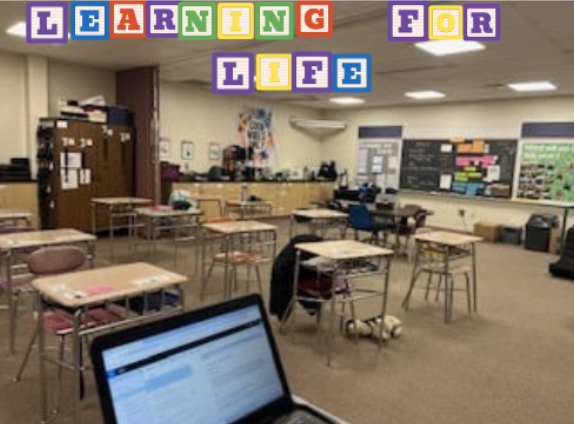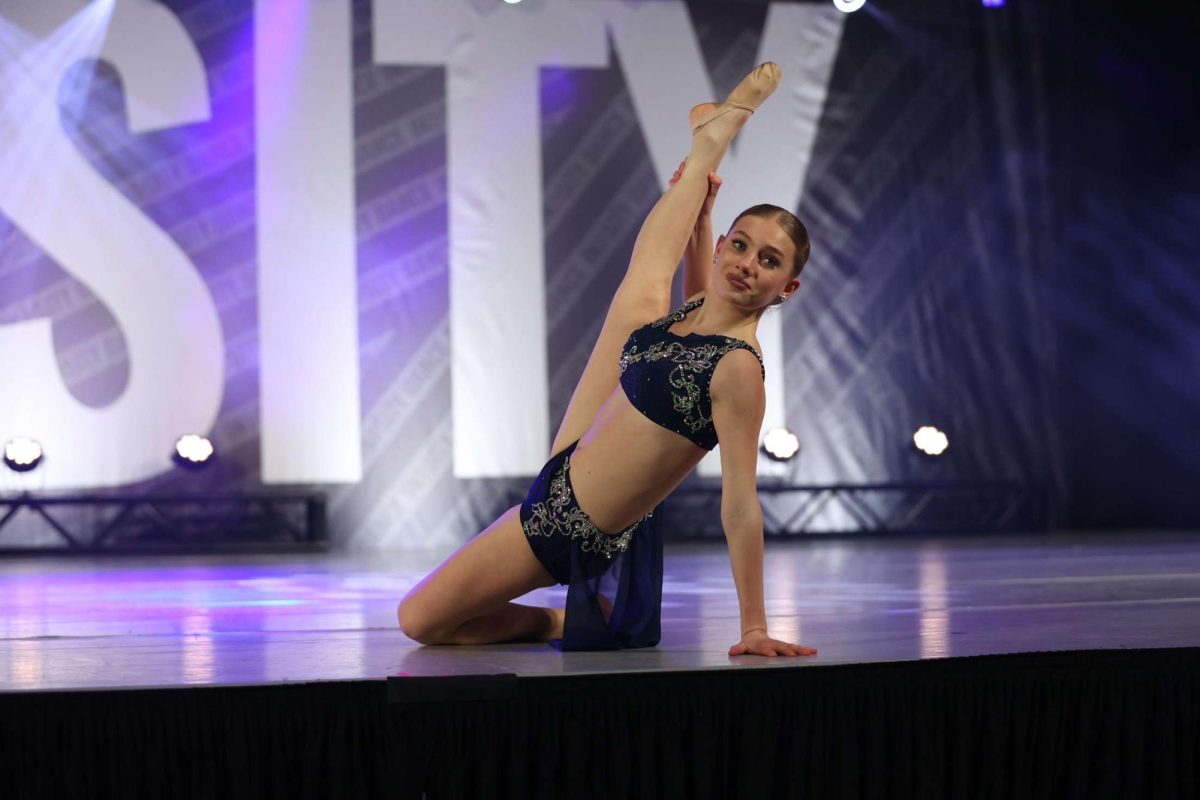Historic Marches Shape Today’s Generation
January 19, 2017
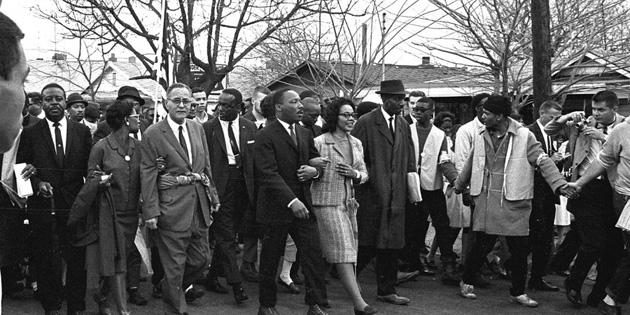 PHOTO COURTESY OF PBS.ORG
PHOTO COURTESY OF PBS.ORG
As Americans all over the country prepare for the fast growing women’s march set to take place on January 21st, we look back on some of the nation’s most renowned sociopolitical marches and protests.
The Boston Massacre: The original American protest began on March 5, 1770. A mass of Boston colonists began berating English customs officers about the invasion of British troops on American soil, slowly dividing the pro British and the pro American into the Federalists and the Patriots. Due to the misjudgment of one Private Hugh Montgomery, several shots were fired into the crowd killing five American colonists, and leading to an uproar of outrage from the patriots. To further the Patriot cause as well as soil the British name, the protest was coined the Boston Massacre.
Women’s suffrage: Not until 1920 was the nineteenth amendment ratified. This amendment gave anyone, no matter their sex, the right to vote. Translation? Women were finally allowed to have a say in their government. This right was well deserved. Years of prior work by suffragettes all over the U.S. such as Elizabeth Cady Stanton, Susan B. Anthony and Lucretia Mott paid off in that amendment. Women’s cries for equality were hushed for years.
The March on Washington: On August 28, 1963 over 200,000 people both black and white arrived at the National Mall to demonstrate for racial equality. As the swarm of gatherers appeared, they proved a powerful peaceful protest was achievable. Multiple groups led the march from the Washington Monument to the Lincoln Memorial. Once there, the crowd stood for hours listening to many speakers including Josephine Baker, who represented Negro Women Fighters for Freedom, labor leader Walter Reuther, and of course, Martin Luther King Jr., whose legendary “I Have a Dream” speech was a highlight of the March on Washington.
Selma to Montgomery: King did not stop there with the passive protests. King is also well known for his Selma to Montgomery march. In 1965 it became apparent that some southern states, such as Alabama, were not abiding by the Civil Rights Act passed in 1964 that officially granted African Americans voting rights. This led to an outrage amongst civil rights groups such as the Student Nonviolent Coordinating Committee (SNCC) and the Southern Christian Leadership Conference (SCLC). Then came the attack by segregationists on a group of peaceful protestors in Marion, Alabama. In trying to break up the commotion, an Alabama state trooper fatally shot Jimmie Lee Jackson, one of the peaceful demonstrators. This led to the first attempted march on March 7th in Jimmie’s honor as well as the fight for African American voting rights. However, the calm marchers were berated and beaten by Alabama law enforcement who forced the protesters run back to base. Then came the second attempt on the 9th of March, but again they were turned around after state troopers blocked their path once more. The saying “third time’s a charm” rang true for the Selma to Montgomery march. On March 21st, 1965, King led over 2,000 protesters on a 54 mile march lasting five days, starting in Selma, Alabama and ending in Montgomery Alabama. This time protestors were accompanied by U.S. army troops. Due to this historical march, King and many other civil rights leaders joined President Johnson at the signing of the Civil Rights Act of 1965 in August of 1965.
Anti-Vietnam War Protest: During all the civil rights turmoil of the 1960’s there was also the well known disapproval and objection of the U.S. involvement in the Vietnam war. Demonstration and protests were prominent all over the United States. The anti-war movement originated on college campuses. The Students for Democratic Society (SDS) would hold meetings for students to express their opinions on the war. Soon, the idea of anti-war spread past colleges and into the vast population. The counter hippie culture was born. It only further livened the anti-war movement when a draft was instituted, the first since World War II. In the fall of 1969, over 500,000 marched on Washington, in support of the anti-Vietnam War movement proving it was more than just a couple of college kids, and instead a widespread movement.
Occupy Wall Street: Though it may seem that many of the United States protests were about 40 years ago, we do have marches and protests that have occurred more recently. On September 17, 2011, the Occupy Wall Street protest began. The motives were simple: people were fed up with the corruption and greed within the American financial system. At first, because they were not able to Occupy Wall Street, the protesters continued at Zuccotti Park just near Ground Zero in lower Manhattan. About 300 people showed up to camp out, carrying posters donning the phrase, “We are the 99%.” Slowly but surely the movement gained momentum, spreading across the country. Mass marches took place all over, and in response evictions, arrests and strongholds began to try and hold the march at bay. Yet, the march continues on and Occupy Wall Street declared November 17 a mass day of action.


